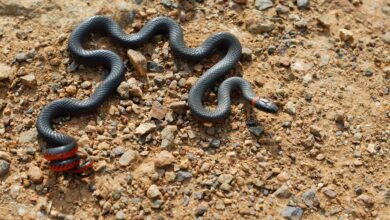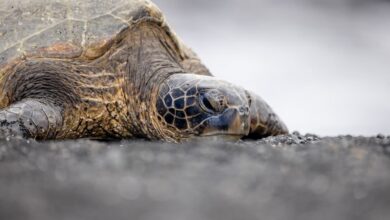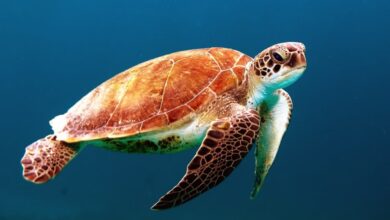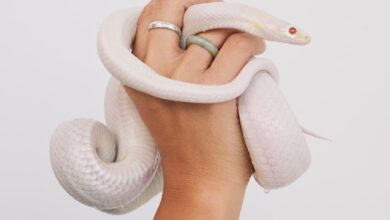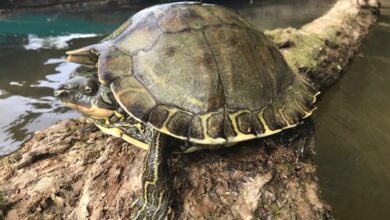Using Sand, Gravel, and River Rocks as a Substrate for Aquatic Turtle
The most common and best turtle tank substrates are sand, river pebbles, and gravel. You must take extra care while selecting a substrate because some types of substrates may be pretty harmful to your turtle.
Let’s take a deeper look at each type of substrate to discover which ones are potentially hazardous, as well as their other advantages and disadvantages.
Gravel
Select smooth river stones that are larger than your turtle’s head to prevent him from eating them. When your turtle dives into the water, large, smooth stones are less likely to injure his plastron.
Advantages of Gravel
There are some good things about using gravel; let’s discuss that:
Gravel has the unique advantage of being incredibly easy to clean. Food or algae will not be able to penetrate the gravel because it is so tiny. It’s also heavy enough that the siphon won’t suck it.
Gravel also has the benefit of looking great in a tank. Gravel is available in various colors, including white, black, blue, red, and fluorescent.
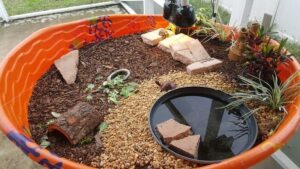
Disadvantages of Gravel
Gravel is a problem because turtles may easily mistake it for food and swallow it. If this happens, the digestive system may become blocked, or internal bleeding may occur. Both of these situations can lead to serious health issues and even death.
When turtles eat, they lunge at their meal and ignore what else they could ingest, so there’s a good possibility this will happen.
Another issue with gravel is that many sellers include calcium in it. Calcium is beneficial to turtles, but too much can cause pyramiding, which you want to avoid.
River Rocks
River rocks are a fantastic alternative for tank decoration in general. They have several benefits and only one drawback.
Advantages of River Rocks
River rocks have several benefits that make them popular among turtle owners.
The first is that they are sufficiently heavy to prevent your turtle from moving them around. River rocks are the way to go if you want to establish a particular arrangement in the tank and don’t want your turtle to damage it.
The second advantage is that, unlike the other alternatives, they are effortless to remove. This will come in handy when it’s time to clean the tank.
Disadvantages of River Rocks
River rocks leave a lot of space between them, which is the one drawback. As a result, a lot of dirt will get in between them, causing the water to become dirty faster, and the tank’s appearance would not be too attractive.
Sand
Sand is also used as a substrate, having lots of advantages.
Advantages of Sand
The first is that it fully covers the bottom of the tank, preventing even the tiniest particle of dirt from reaching the bottom. Cleaning the tank will be much easier as a result of this.
Many people are concerned that their turtles may eat the sand, and this is a valid concern. However, nothing negative will occur. Sand is very tiny and will not block the intestines, as well as no infection, can occur due to sand being eaten. So there is no danger.
Another exciting fact about sand is that it comes in a wide range of colors. Sand may be any color you can think of. Sand is chemically treated to get those colors, but this does not make the sand dangerous to the turtle in any way, so don’t be concerned if you are interested in colorful sand.
Disadvantages of Sand
The most significant drawback of sand is that it requires great caution while cleaning. Because sand is tiny and light, you must be careful how near you hold the siphon to the sand. If you get too close, some of the sand will be sucked away.

